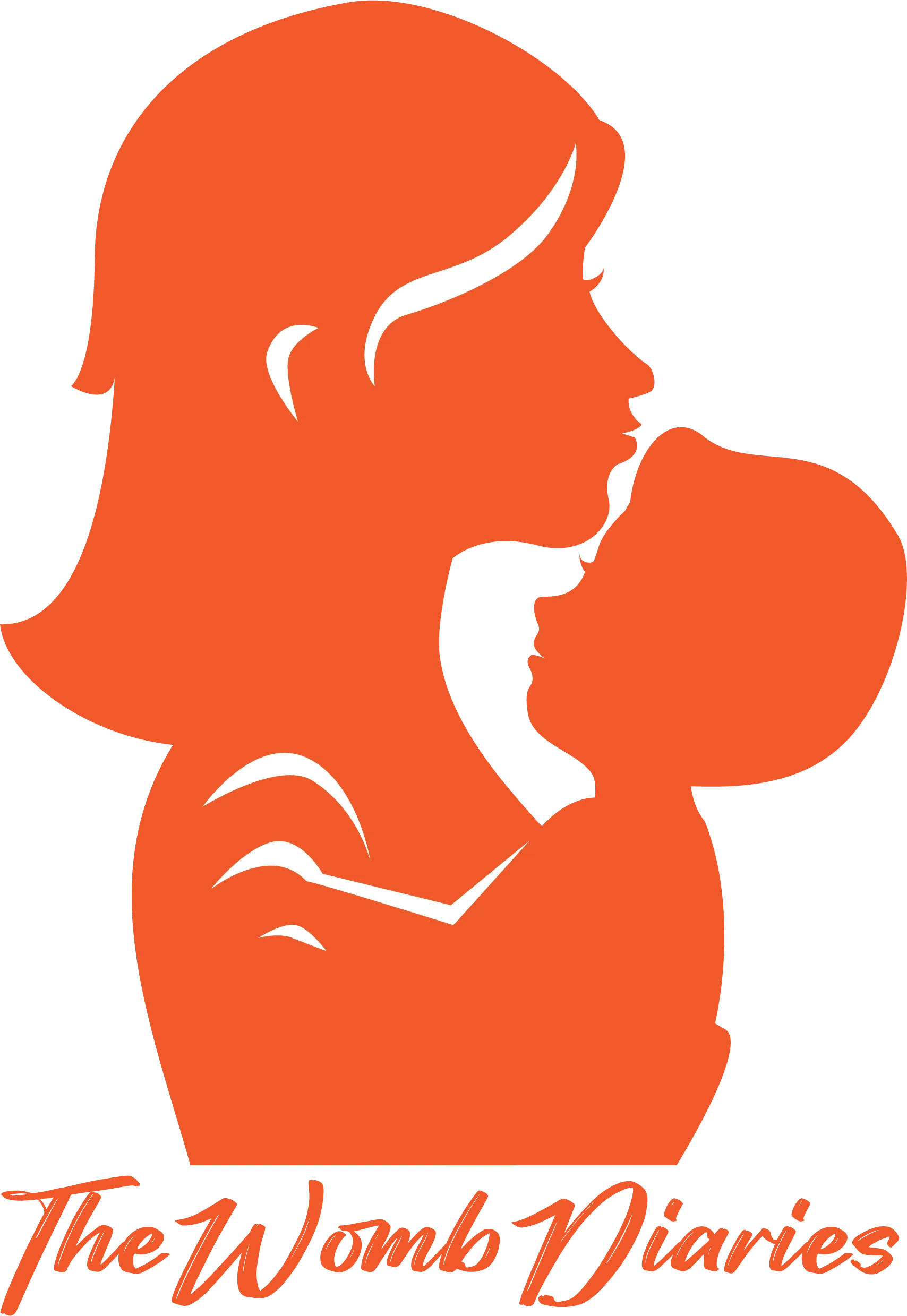
All Kicks from the Unborn are Not Alike, Report 25 Women Writing Their Womb Diaries
(Sept. 13, 2022. Carmichael, CA) “If someone has never been pregnant, it’s easy to think that the kicks in the womb every pregnant mom experiences are only movements,” Donna Schwontkowski, author of the new book The Womb Diaries. All Mommy-Baby Communication Starts Here said.
“But this isn’t so. They are associated with feelings. The baby’s movement in the womb feels like flutters, bubbles, or tiny pulses. It’s called quickening and it starts around 16 to 20 weeks in pregnancy. However, some people may feel it as soon as 13 weeks and as late as week 25. And moms that are concerned about how their babies are communicating with them get so good at feeling the kicks that they take them to a whole new level.”

“But this isn’t so. They are associated with feelings. The baby’s movement in the womb feels like flutters, bubbles, or tiny pulses. It’s called quickening and it starts around 16 to 20 weeks in pregnancy. However, some people may feel it as soon as 13 weeks and as late as week 25. And moms that are concerned about how their babies are communicating with them get so good at feeling the kicks that they take them to a whole new level.”
While collecting stories of mommy-baby communication in the womb from 25 women from around the world, Schwontkowski analyzed their communication on 52 different indices. She wanted to know how many moms followed the unborn baby’s kicking and movements enough to discern them. Eliminating moms that had miscarriages before quickening could be felt, 100% of all 22 of the moms carefully tracked mentally what was happening with their baby’s movements on a daily basis.
If the baby didn’t have as many kicks or movements as the previous few days, the mother started to worry. If this continued for a few days, she visited the doctor to see if everything was alright with the baby. That’s when she learned that babies sometimes take a few days off – like a retreat – and don’t do anything at all.
Moms that had the best scores of mommy-baby communication – the highest scores – were ones that taught themselves how to discern between the different kicks they were feeling. Here are some of their findings and experiences:
1. The closer one mom got to her due date, the more aggressive the kicks felt.
2. Aggressive kicks were felt when babies were hungry and after eating, their kicks were much softer.
3. Several moms were able to attach emotions of the baby to the mannerism of the kicks. For example, happy kicks were more energetic than kicks made when the baby was tired, they were softer.
4. Often the baby’s kicks followed the mom’s emotions. If the mother was experiencing depression, the baby began kicking, as if to tell her he was there and she shouldn’t worry. When the baby heard conversations about abortion, he kicked more wildly and purposefully as if to voice his opinion on the matter.
5. Each mom agreed that the kicks were purposeful, timely, and contained a level of emotion in them that was transferred to the mother. Through the kicks, she was able to communicate with the baby.
6. One baby decided she wanted attention and began kicking wildly for a good amount of time. The problem was that her mom was in the middle of taking an exam at school. She couldn’t take the non-stop motions, which were starting to feel debilitating. Quickly she stood up and yelled, “Stop it!” All her schoolmates turned their focus on her and she was quite embarrassed. However, the baby did stop kicking at her mother’s command.
7. Another mother was perplexed about her girl’s behavior and the dreams she had been having where she could never make the little girl happy. At lunch with a friend, the mother discussed how she was really looking forward to being a mother. At that point her baby started kicking incessantly to the level where it actually hurt. When the mother stopped talking about the topic, the baby stopped kicking.
8. One mom’s baby boy wasn’t active for a few days and then she went to her dance studio. The music started blasting and the baby ‘woke up’. He began kicking fast like he was doing a modern breakdance. His mother and grandmother sitting watched the show occurring on her belly, smiling and laughing the whole time.
Schwontkowski found that in some cases, babies used kicks to also forewarn their mother of impending danger. When the mom felt these timely kicks, she always paid attention as if the baby was a friend warning another friend of imminent danger.
“The kicks and movements in the womb have purpose and give us a clue that the unborn baby’s intelligence is far greater than what was once believed. They show us that the baby is truly 100% human from a very early age – and wants to communicate,” she said. “The kicks are one of the forms of the baby’s language.”
Her book, The Womb Diaries. All Mommy-Baby Communication Starts Here is available at TheWombDiaries.com
Contact Dr. Donna Schwontkowski at 916-649-8323 or via email at [email protected]
The Womb Diaries
For decades, there has been a silence in the land about mommy-baby communication in the womb
